
Do you have a question about the Johnson Controls LX Series and is the answer not in the manual?
| Brand | Johnson Controls |
|---|---|
| Model | LX Series |
| Category | Air Conditioner |
| Language | English |
Describes the controller's compliance with LONMARK standards and its network capabilities.
Compares Imperial and SI units and discusses their impact on LONWORKS network data.
Provides instructions for changing the controller's language and regional display settings.
Details configuring universal inputs for 10k ohm resistance or digital switch signals.
Explains the setup for analog inputs, including 4-20mA and 0-10VDC signals.
Lists and describes various sensors and switches connectable to the controller.
Describes the configuration and characteristics of the controller's analog outputs.
Explains the function and capability of the controller's digital outputs.
Details how heating and cooling outputs are sequenced and staged for operation.
Explains how to select different operating modes like Auto, Heat, Cool, Fan Only, and Off.
Defines the settings and conditions for the controller's occupied mode of operation.
Describes the controller's behavior and settings for unoccupied periods.
Details the standby mode, used for intermittently occupied areas like meeting rooms.
Explains how space temperature setpoints are determined and calculated by the controller.
Describes how the nviSetPoint variable modifies active setpoints in standby or occupied modes.
Details methods for controlling fresh air intake, including DCV and damper modulation.
Explains how the controller manages space humidity using various outputs and PID loops.
Describes strategies for using free cooling based on outdoor conditions and economizer status.
Outlines the conditions and sequence for activating mechanical cooling.
Explains the function of night purge for building air freshening before occupancy.
Details the morning warm-up process to prepare the space for occupancy.
Describes how Optimum Start predicts and achieves desired space conditions before occupancy.
Covers emergency modes like Purge and Shutdown for safety and contaminant control.
Explains Proportional, Integral, and Derivative control principles used in the controller.
Details how the controller monitors and reports system alarms and conditions.
Describes features like alarm state, offset, and delay for deviation and limit alarms.
Covers alarms generated when sensors are disconnected or experience electrical faults.
Provides step-by-step instructions for configuring the controller using the wizard.
Explains how to set up sensor signal types and network transmissions for inputs.
Details defining output functions, override values, and signal types for actuators.
Guides users through setting PID loop parameters for precise control.
Covers essential settings like fresh air, bypass time, and CO2 limits.
Describes parameters for configuring network inputs, including heartbeat and persistence.
Explains settings for controlling network traffic and transmission frequency for outputs.
Provides definitions for common SNVT types used in HVAC applications.
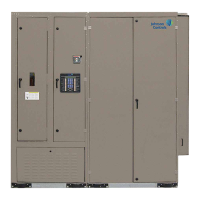
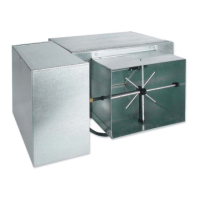
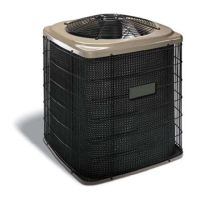
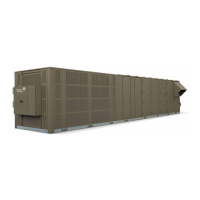
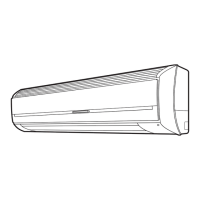
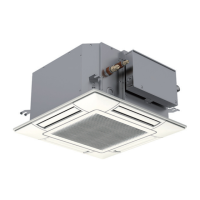
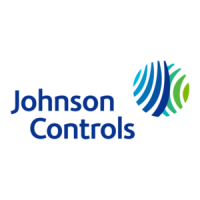


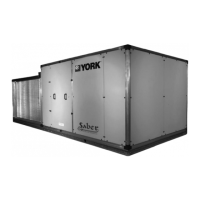


